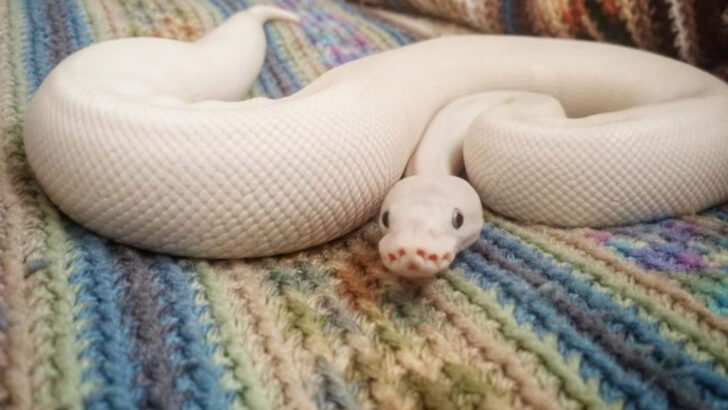Some legal pets come with fangs, venom, and a serious attitude problem.
Yes—there are creatures you can legally keep in the U.S. that look like they belong in a jungle documentary, not your living room.
From alligators lounging in backyard ponds to big cats pacing in suburban garages, the line between “pet” and “predator” is getting blurry.
Sure, they’re mesmerizing.
But when experts start raising their eyebrows, maybe it’s time we do too.
These animals can be dangerous, disruptive, or downright impossible to handle—and yet, they’re still sold as if they were goldfish.
This isn’t just about bizarre choices.
It’s about what happens when wild instincts meet domestic settings.
Ready to meet the legal beasts that might just be a lawsuit waiting to happen?
Fennec Fox

With ears larger than its head, the fennec fox is a striking creature. Native to the Sahara Desert, its big ears dissipate heat and help it hear prey moving underground. Although legal as a pet, its wild nature can be challenging. Fennec foxes require a lot of space and have a penchant for digging, often escaping from enclosures. These nocturnal animals are also vocal and social, needing constant interaction. Potential owners should consider these factors along with their unique dietary needs, which include insects and small mammals.
Sugar Glider
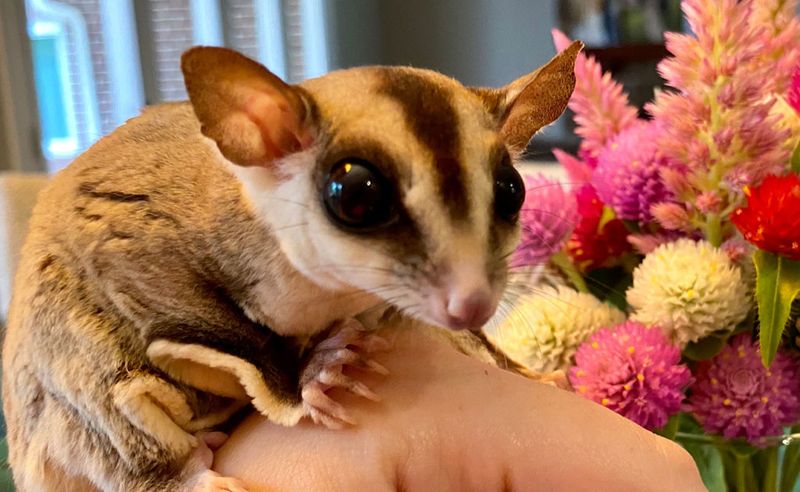
The sugar glider, with its ability to glide through trees, is a captivating pet choice. Originally from Australia, these marsupials have a diet that is difficult to replicate in captivity. Although social and often forming strong bonds with owners, they require companionship of their own kind. Their nocturnal nature means they’re active at night, which may not suit all households. Additionally, they have particular housing needs, requiring large vertical spaces to glide. Anyone considering a sugar glider should research extensively to meet their complex care requirements.
Capuchin Monkey
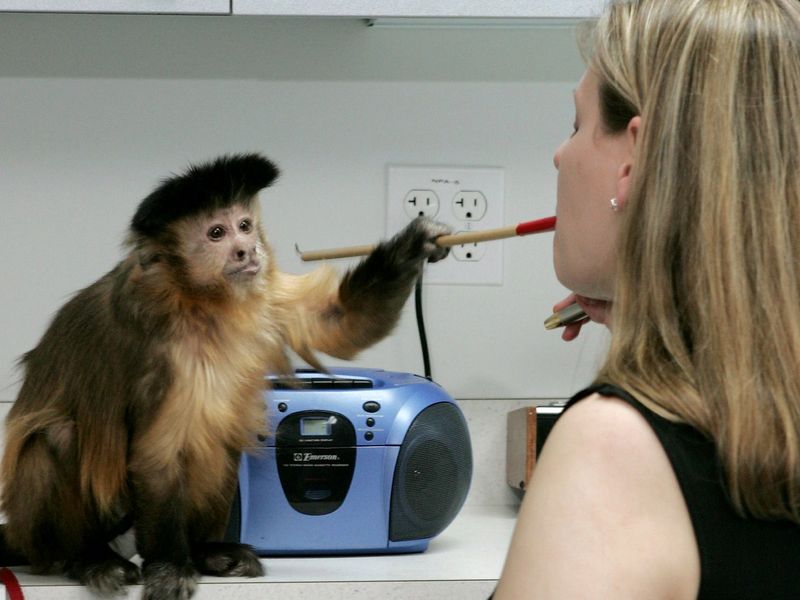
Capuchin monkeys, with their expressive faces and nimble fingers, are often portrayed as charming pets. However, these intelligent primates can be a handful. They require constant mental stimulation and social interaction to thrive. Boredom can lead to destructive behaviors. In the wild, they live in large social groups, which is hard to replicate in captivity. Moreover, capuchins have a long lifespan, demanding decades of commitment. Their intelligence necessitates complex enrichment activities, making them unsuitable for most households.
Ball Python
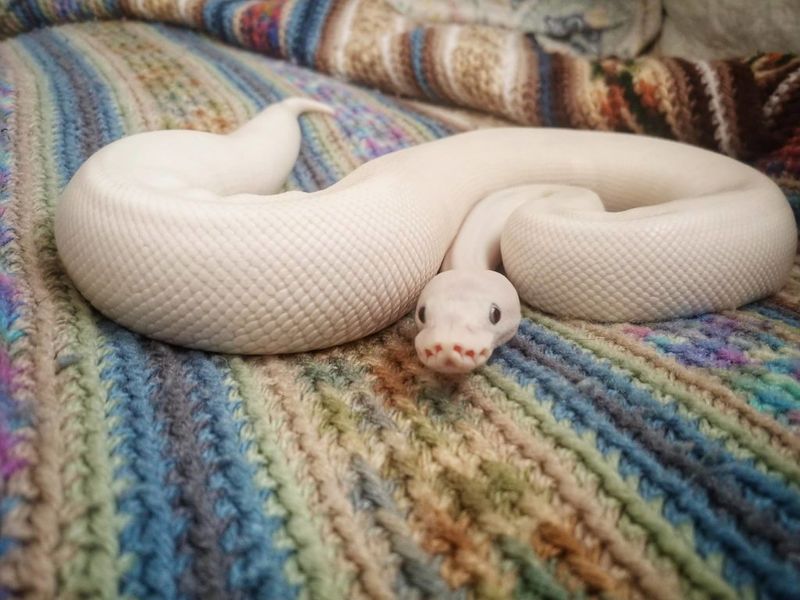
The ball python is often seen as a beginner snake due to its manageable size and docile nature. Originating from Africa, it’s a favorite amongst reptile enthusiasts. However, these snakes have specific habitat requirements, including humidity levels and enclosure sizes that mimic their natural environment. Handling must be regular to maintain their calm demeanor. Despite being less aggressive, they can pose challenges if their needs are not met. Potential owners should have a keen understanding of reptilian behavior and dietary needs.
Serval
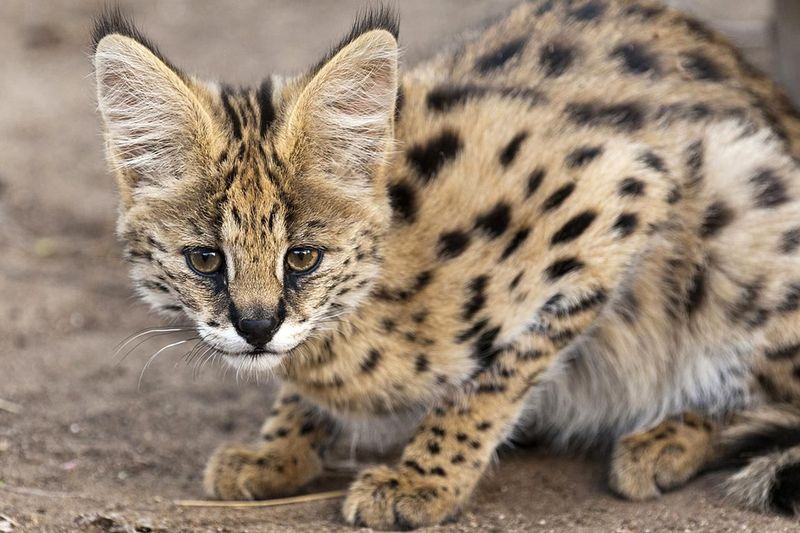
Servals, with their elegant build and striking spots, captivate many feline lovers. Native to Africa, these cats are adept hunters, relying on their long legs and acute hearing. In domestic settings, their wild instincts remain strong. They require large, secure outdoor enclosures to roam and hunt simulated prey. Servals are not lap cats and are naturally solitary, which can be challenging for owners expecting affection. Additionally, they have dietary needs that differ from typical domestic cats, often requiring a raw meat diet.
Kinkajou

With large eyes adapted for nocturnal life, the kinkajou is a rainforest dweller often mistaken for a monkey. Known for being curious and playful, they use their prehensile tails expertly. Despite being legal in some states, kinkajous are not easy pets. They can be aggressive if not socialized properly. Their natural diet consists of fruits and nectar, which can be hard to replicate. Active at night, they may not suit all households. Potential owners must be prepared for their energy and unique dietary needs.
Hedgehog

Hedgehogs, with their spiny exteriors and curious noses, are adored by many. While legal in several states, these small mammals require specific care. Their diet, rich in insects, must be carefully balanced. Being nocturnal, they are most active at night, which may not align with human schedules. Hedgehogs can be shy, needing gentle handling to become accustomed to human interaction. They also require an environment that provides opportunities for foraging and exploration, demanding more than just a basic cage setup.
Wallaby
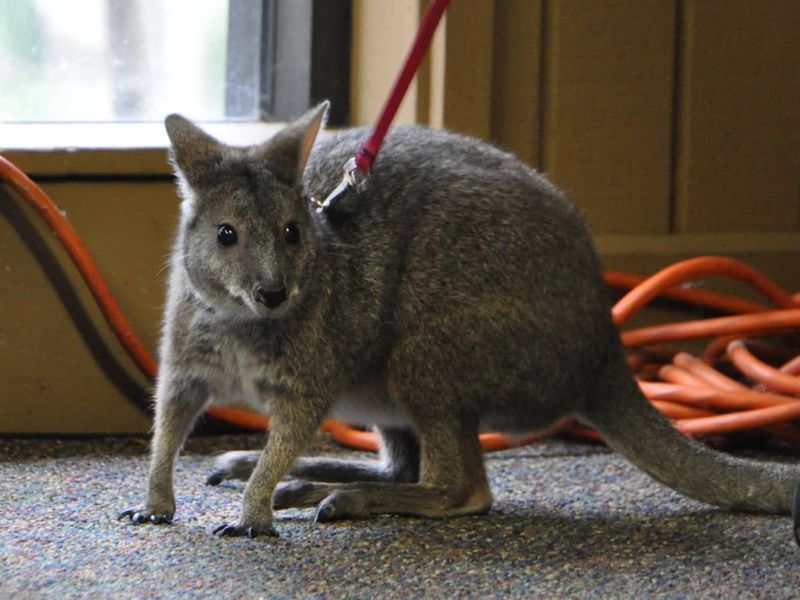
Wallabies, smaller relatives of kangaroos, are charming creatures. Their strong hind legs allow them to leap great distances. As pets, they need vast spaces to hop and graze, mimicking their natural environment. Wallabies are social animals, benefiting from the company of their kind. However, they can be skittish and require significant time to bond with humans. Their diet consists mainly of grass and specialized pellets, which can be challenging to source. Prospective owners must be committed to meeting these needs over their lifespan.
Marmoset
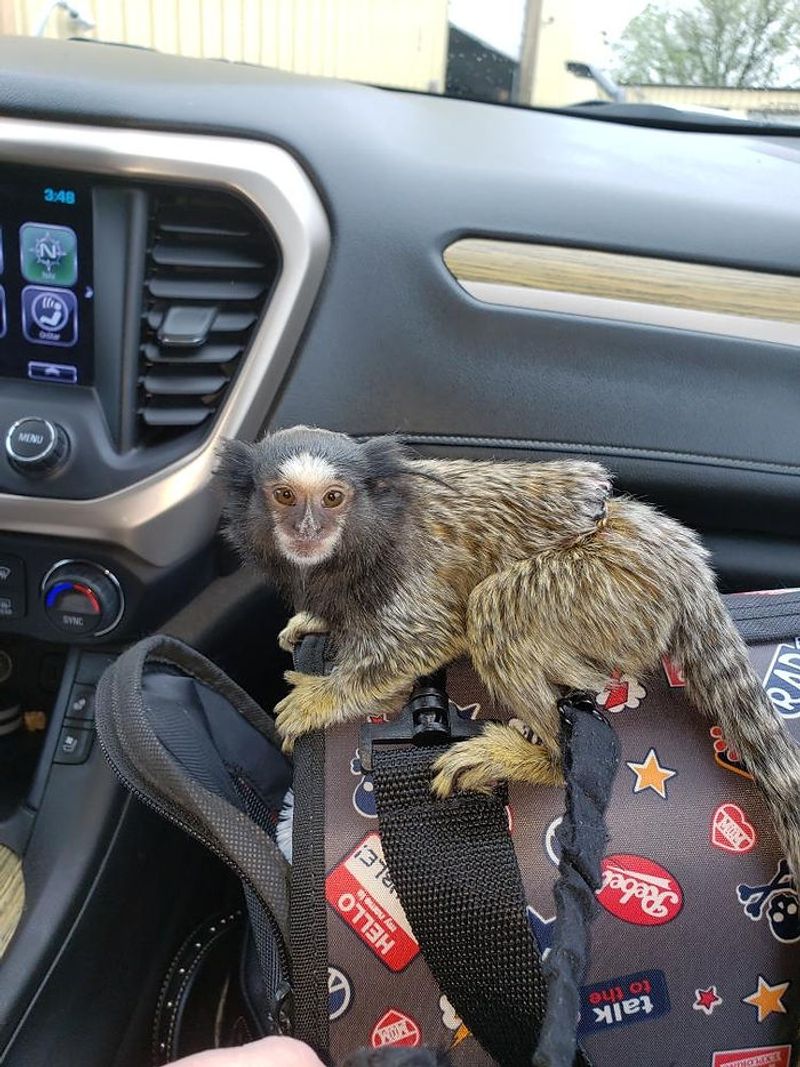
Marmosets, with their small size and expressive faces, are intriguing pets. However, they are highly social primates requiring constant companionship. Without proper interaction, they can become stressed, leading to health issues. Marmosets have specific dietary needs, often requiring fresh fruits, insects, and specialized primate pellets. Their housing should include ample vertical space for climbing, reflecting their arboreal lifestyle. These animals can be noisy and have a distinct odor, which may not suit all households. Thorough research is essential before bringing one home.
Iguana
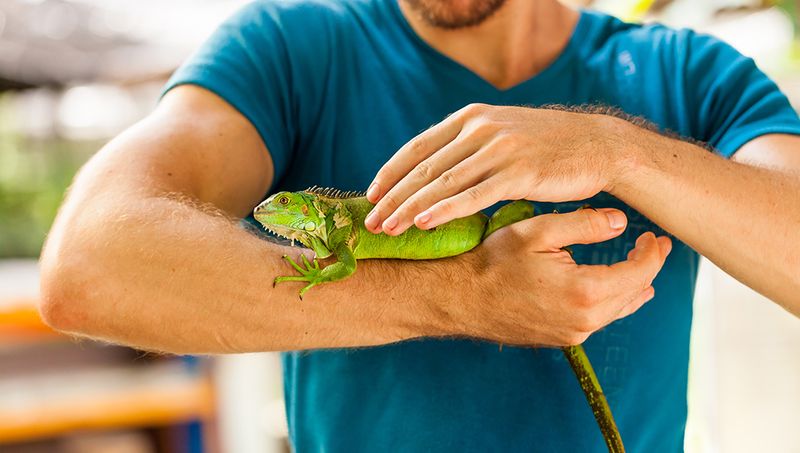
The green iguana, with its vivid color and dinosaur-like appearance, attracts reptile enthusiasts. Native to Central and South America, iguanas require spacious enclosures with access to UVB lighting to synthesize vitamin D3. Their diet is strictly herbivorous, needing a variety of leafy greens and vegetables. Iguanas can grow quite large, demanding significant space. They also have strong territorial instincts, which may lead to aggressive behavior if not handled regularly. Prospective owners should be prepared for their long lifespan and specific care needs.
Prairie Dog
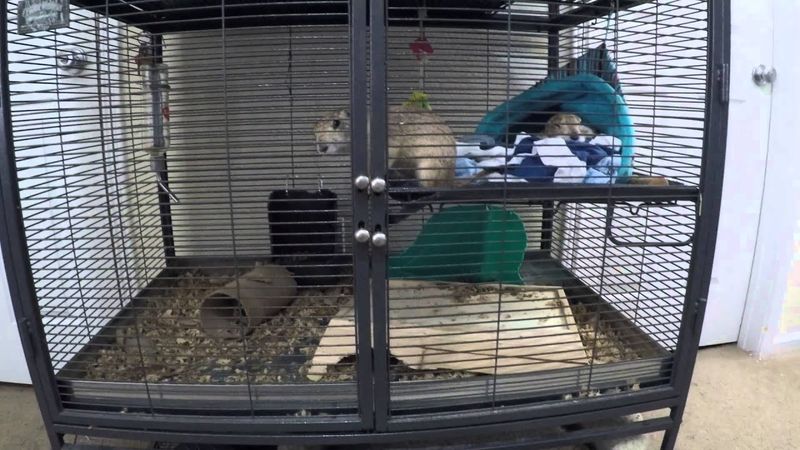
Prairie dogs, known for their social nature and intricate burrows, are fascinating creatures. In the wild, they live in large colonies, which is difficult to replicate in a pet setting. Their social needs mean they require constant interaction, either with humans or other prairie dogs. Without this, they can become depressed and exhibit destructive behaviors. Additionally, their diet of grasses and hay must be carefully maintained. Prairie dogs are also known for their vocalizations, which may not suit all households.
Tarantula
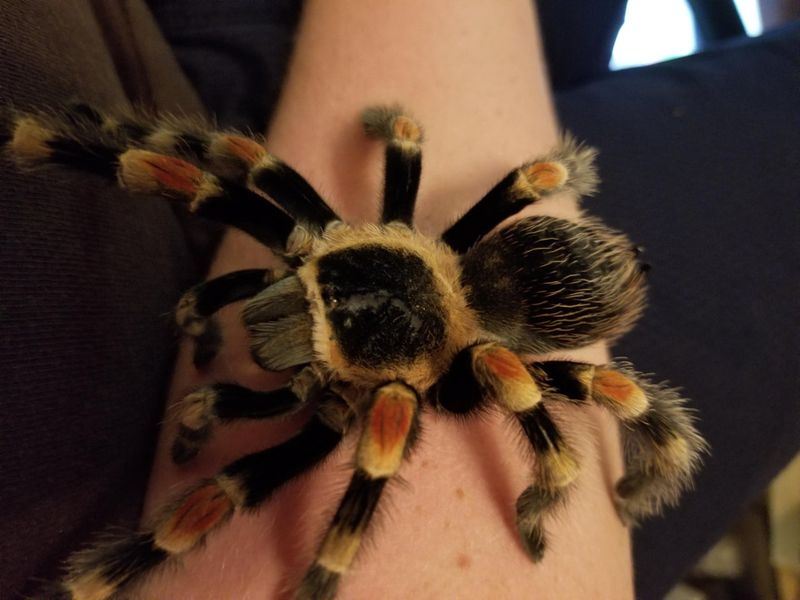
Tarantulas, with their hairy legs and calm demeanor, are popular among arachnid enthusiasts. Despite their intimidating appearance, they are relatively low maintenance. However, their care requires specific conditions, such as humidity and temperature, to mimic their natural habitat. Tarantulas are generally solitary and should be housed alone to prevent cannibalism. Their diet consists of live insects, which can be uncomfortable for some owners. Handling is not recommended as they can become stressed easily. Understanding their unique care needs is crucial for potential keepers.
Skunk
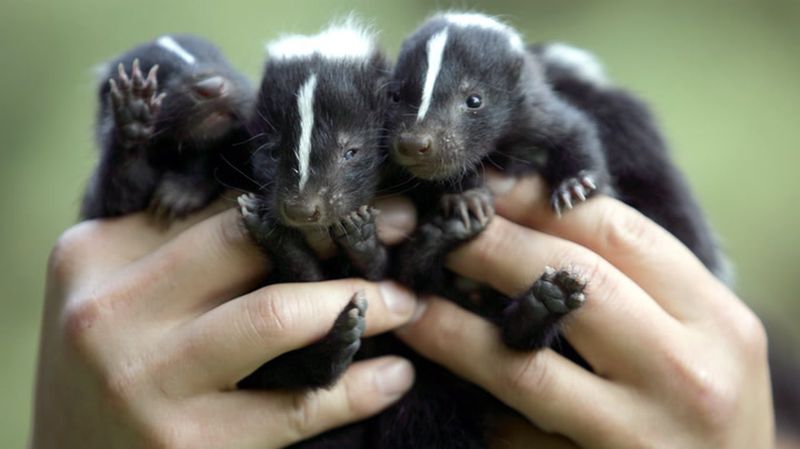
Skunks, recognized by their black and white stripes, can be domesticated with their scent glands removed. Despite this, they require specialized care. Skunks are curious and playful but can be stubborn. They have a varied diet, needing fruits, vegetables, and protein. Skunks can also be litter-trained, making them unique house pets. However, their nocturnal nature and need for enrichment activities can be challenging. Potential owners should consider their longevity and the commitment required for their care.
Sloth
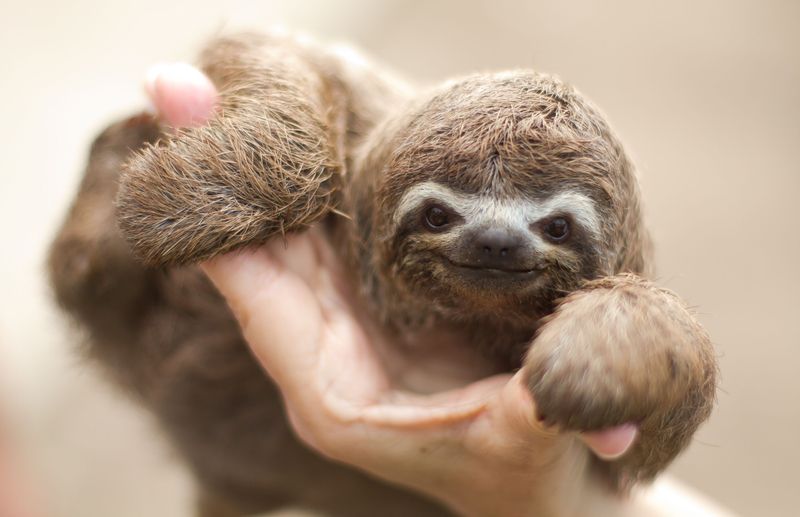
Sloths, with their slow movement and gentle nature, seem like perfect low-maintenance pets. However, they have very specific needs. Sloths require a controlled environment with high humidity and temperature settings. Their diet of leaves and fruits, coupled with their unique digestive process, makes them challenging to care for. Additionally, sloths are solitary and do not crave interaction, which can disappoint some owners. Keeping a sloth requires a significant commitment to replicate their natural conditions and dietary needs.
Coati
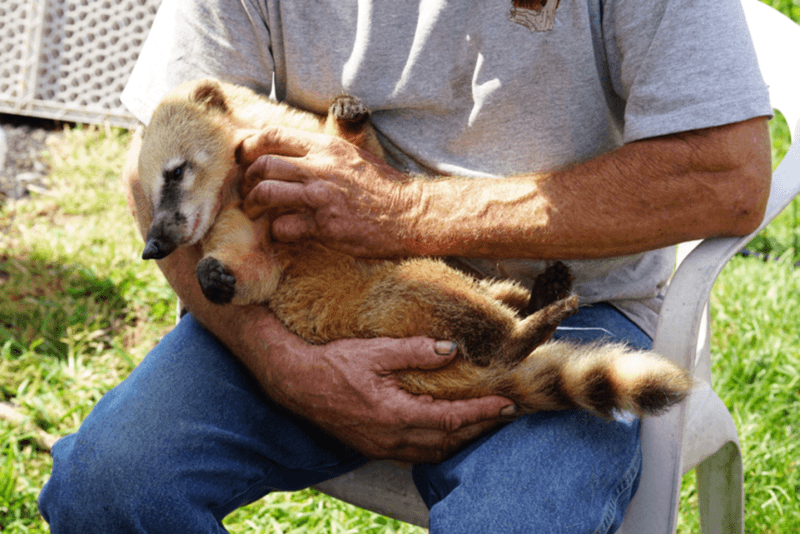
The coati, with its long snout and ringed tail, resembles a raccoon but is more social. Native to Central and South America, they require large enclosures with plenty of opportunities to climb and explore. Coatis are intelligent and curious, needing constant stimulation and interaction. Their diet consists of fruits, insects, and small animals, which can be hard to manage. Coatis can be aggressive if not properly socialized, posing challenges for inexperienced pet owners. Thorough research and understanding are essential before adopting a coati.
Lynx
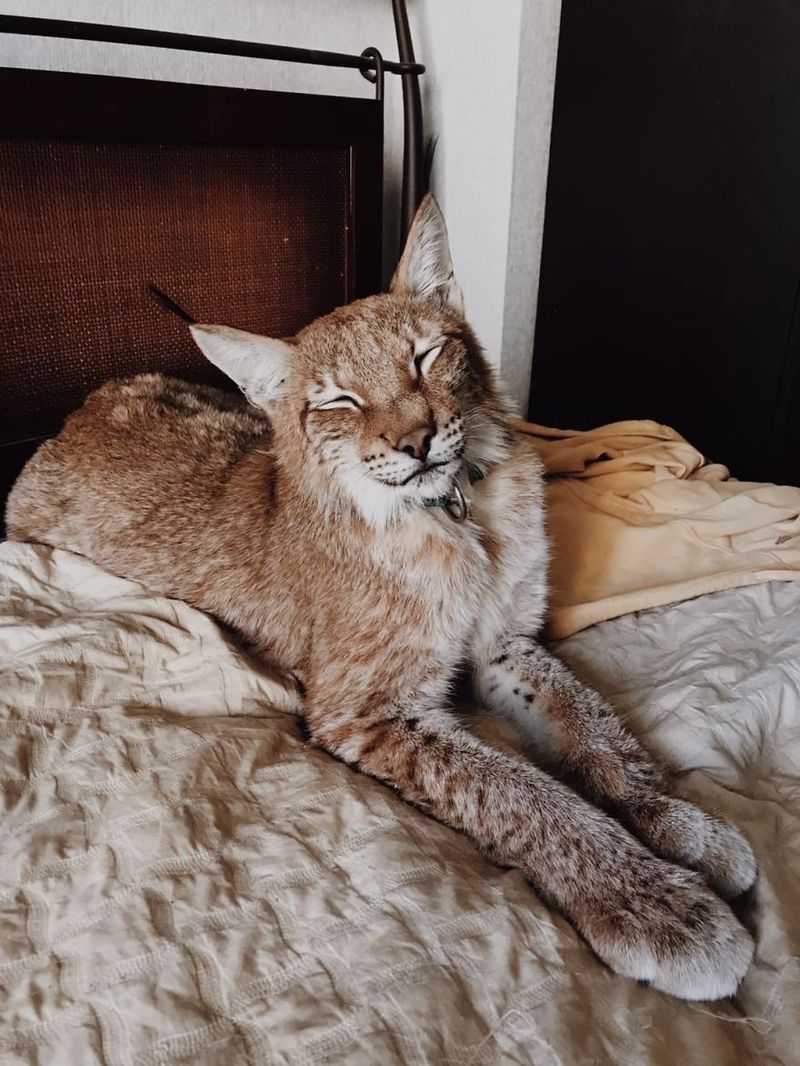
Lynxes, with their tufted ears and majestic appearance, are captivating wild cats. These solitary animals are adapted to cold environments, requiring extensive space to roam. In captivity, they need large, secure enclosures that simulate their natural habitat. Lynxes are not domestic and can be unpredictable. They have strong hunting instincts and require a diet of raw meat. Additionally, their solitary nature means they do not seek human companionship, which can be disheartening for some owners. Proper understanding of their needs is crucial.
Raccoon
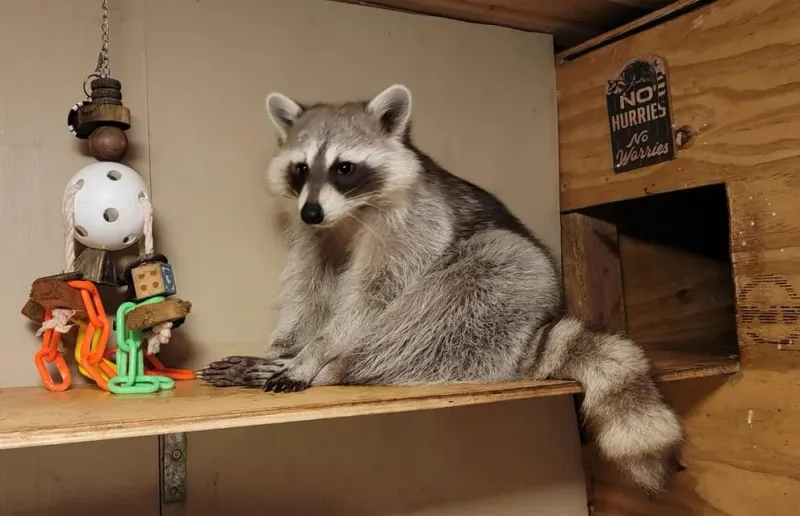
Raccoons, with their masked faces and nimble paws, are known for their intelligence and curiosity. As pets, they require constant stimulation and problem-solving activities. Raccoons have a varied diet, including fruits, vegetables, and protein. Despite their playful nature, they can be mischievous and require secure environments to prevent escapes. Raccoons are also nocturnal, often active when humans are asleep. Prospective owners should have a deep understanding of their behavior and needs before considering a raccoon as a pet.
Ocelot
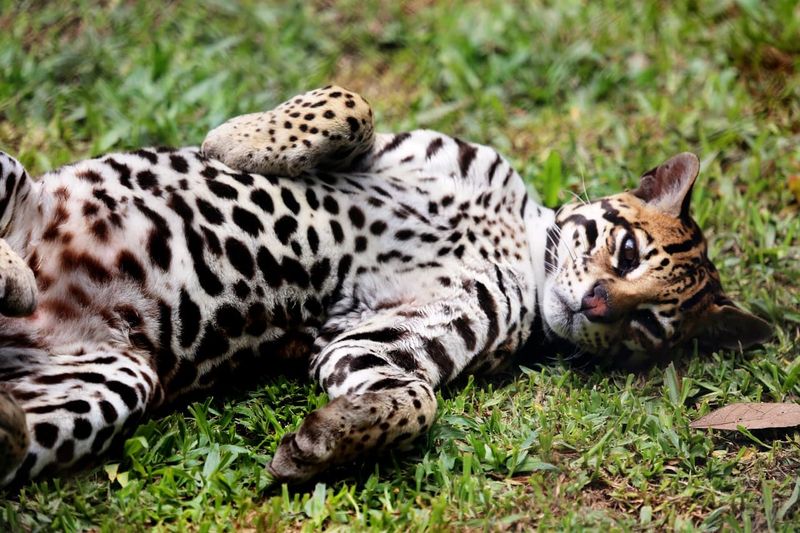
Ocelots, with their striking spots and agile build, resemble small leopards. These nocturnal hunters are native to South America and require large territories to roam. In captivity, they need spacious, enriched environments to satisfy their instincts. Ocelots have a demanding diet of fresh meat and exhibit strong territorial behavior. Their wild nature makes them unsuitable for most households, and they can be aggressive if provoked. Owning an ocelot requires extensive knowledge and resources to meet their complex needs.
Bengal Cat
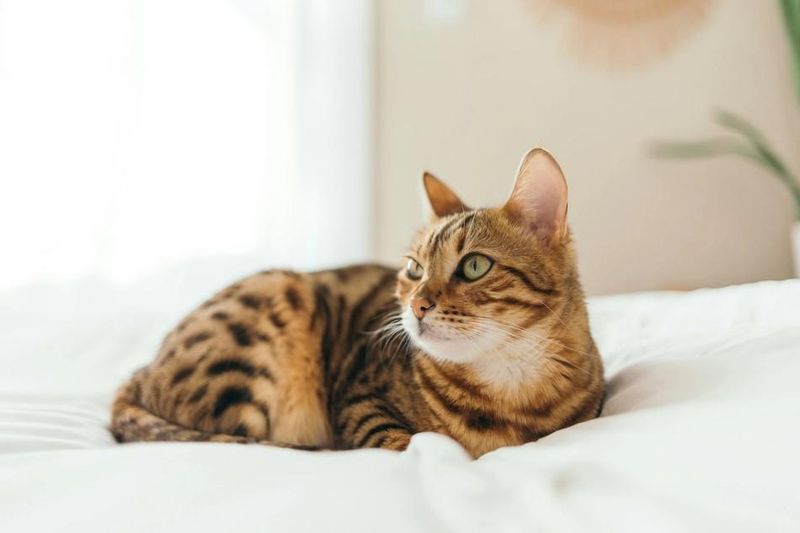
Bengal cats, with their leopard-like appearance and energetic nature, are a favorite among exotic pet enthusiasts. They are a domestic cat breed with wild ancestry, requiring extensive play and mental stimulation. Bengals are intelligent and can be trained to perform various tricks. However, their high energy levels mean they need ample space and activities to prevent boredom. Bengals can be more demanding than typical domestic cats, needing interactive toys and environments that permit climbing and exploration. Understanding their unique needs is vital for potential owners.

